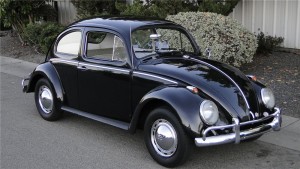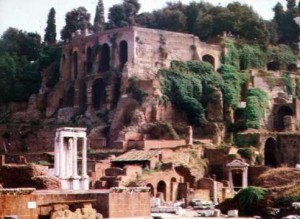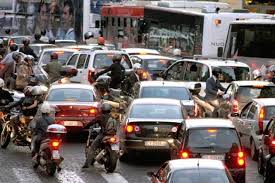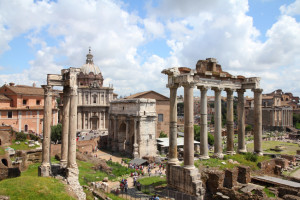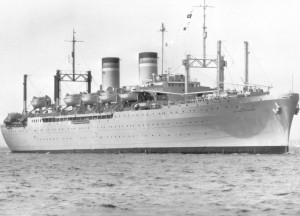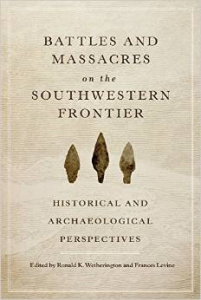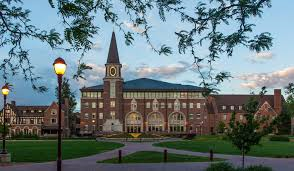A Volkswagen in Italy
I had a good U.S. Army career, all three years of it. I was in electronics school for almost a year, on the Jersey Shore and in Huntsville, Alabama. Then, it was the USNS Buckner to Germany. I was trained on an obsolete missile system and my first duty station was with a unit that operated another obsolete missile system.
The unit was about to go out of business, so they were pretty lax with us. I bought a car. A new 1963 Volkswagen, black. It cost $1389. I paid cash with 20 Deutschmark bills (about $5.00 back then) in a paper bag. Freedom! At least part of the time. This was unusual for an unmarried junior enlisted man. We also had real jobs doing electronics, so they didn’t mess with us too much. I could get away evenings and weekends most of the time. I was stationed in Aschaffenburg, Bavaria for five months then in Hanau, Hesse. Something like 28 kilometers apart on the Main river, they were different cities. Bavarians just seem happier. Those Hessians were nice people, but more reticent. Did Martin Luther bring that about?
After I was in Hanau for a few months, two buddies and I did a big road trip to Rome. What a trip! We did some of the standard tourist things, but G.I.’s on the loose in Europe see the places from a more earthy perspective. There was Michelangelo’s David in Florence and the whores on the Palatine Hill in Rome. 2000 lira for us, 1000 lira for a local. The whole thing was so sordid I could not partake. I liked Switzerland. Nice people, great scenery, and so orderly. We partied some in Zurich and got to talk to some of the locals. Everyone knew we were American soldiers, of course. The haircuts gave us away. Then onto a train that carried everyone’s car through the St. Gotthards Pass tunnel to Italy.
We loved Italy. Beautiful country, from the Alps to Tuscany and Rome. Wonderful people. Warm, friendly, helpful, and lots of wine. The most striking view was approaching the walled city of Siena from the Tuscan countryside. The most terrifying experience was driving in Milan during rush hour. We got onto a traffic circle in downtown Milan that had about eight cars abreast, all jockeying for position. Italians are good, aggressive drivers, and drove those little Fiat 500s like they were Ferraris. We were out of place in that VW. It just didn’t fit in. We also had engine trouble. It would start missing and stuttering until it lost enough power that we would have to go to a shop about every 300 miles. That is where the language problem really took over. There was no language problem in Germany, Austria, or Switzerland, but the Italians had no English. The best I could do with Italian was the phrase book and some Spanish. The Volkswagen’s ignition points were burning up. We could communicate that and get new points, but we couldn’t get across to them that it was a chronic problem. So, for the rest of the trip it was new points every 300 miles. The mechanics were all eager to help, but the language problem was too much of a barrier. Back in Germany, my mechanic fixed it in about 30 minutes by replacing a burned spark plug wire. I learned about having difficulty while traveling and still having a good time. The car trouble added to the adventure.
We were in Rome several days, staying in a Pension not far from the Vatican. One night we hooked up with some local college students who took us to the suburbs, no tourists, and a great time. Sitting here thinking about Rome, lots of images come up even sixty years later, but the Roman Forum is most memorable. It was the center of the world for a long time. I steeped myself in the history. Going back to Germany, when we crossed from Italian Switzerland to German Switzerland, we dropped into a beautiful glacial valley. At the head of the valley was a Gasthaus. Wiener schnitzel, pommes frites, and beer never tasted so good after all that tomato sauce and wine. That trip remains one of the highlights of my life.
